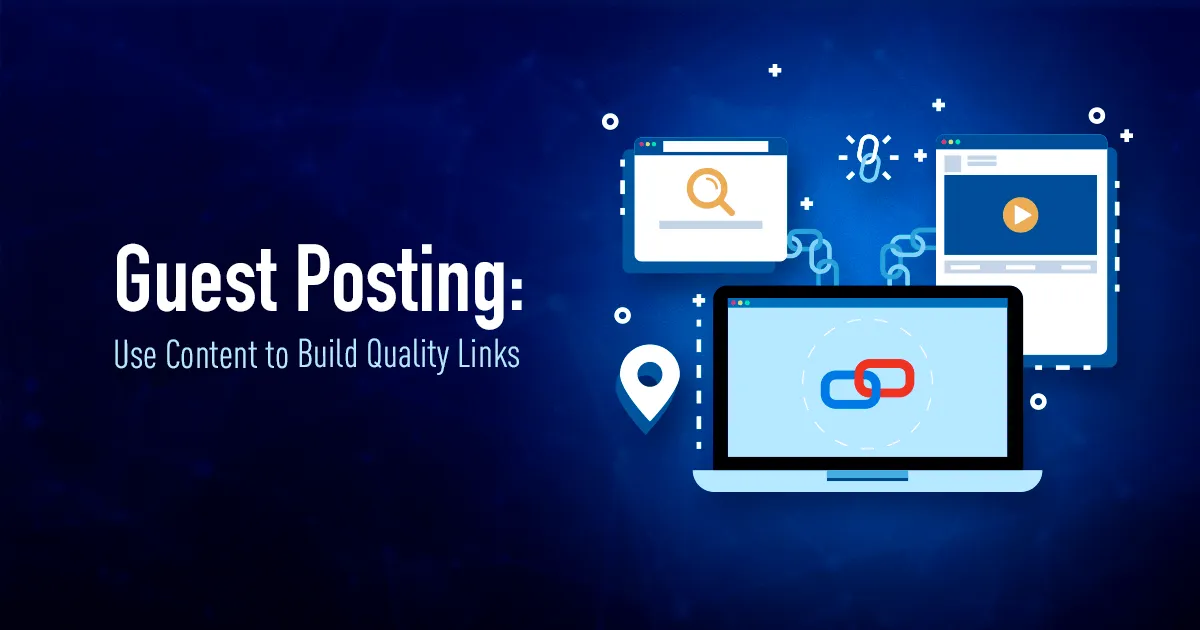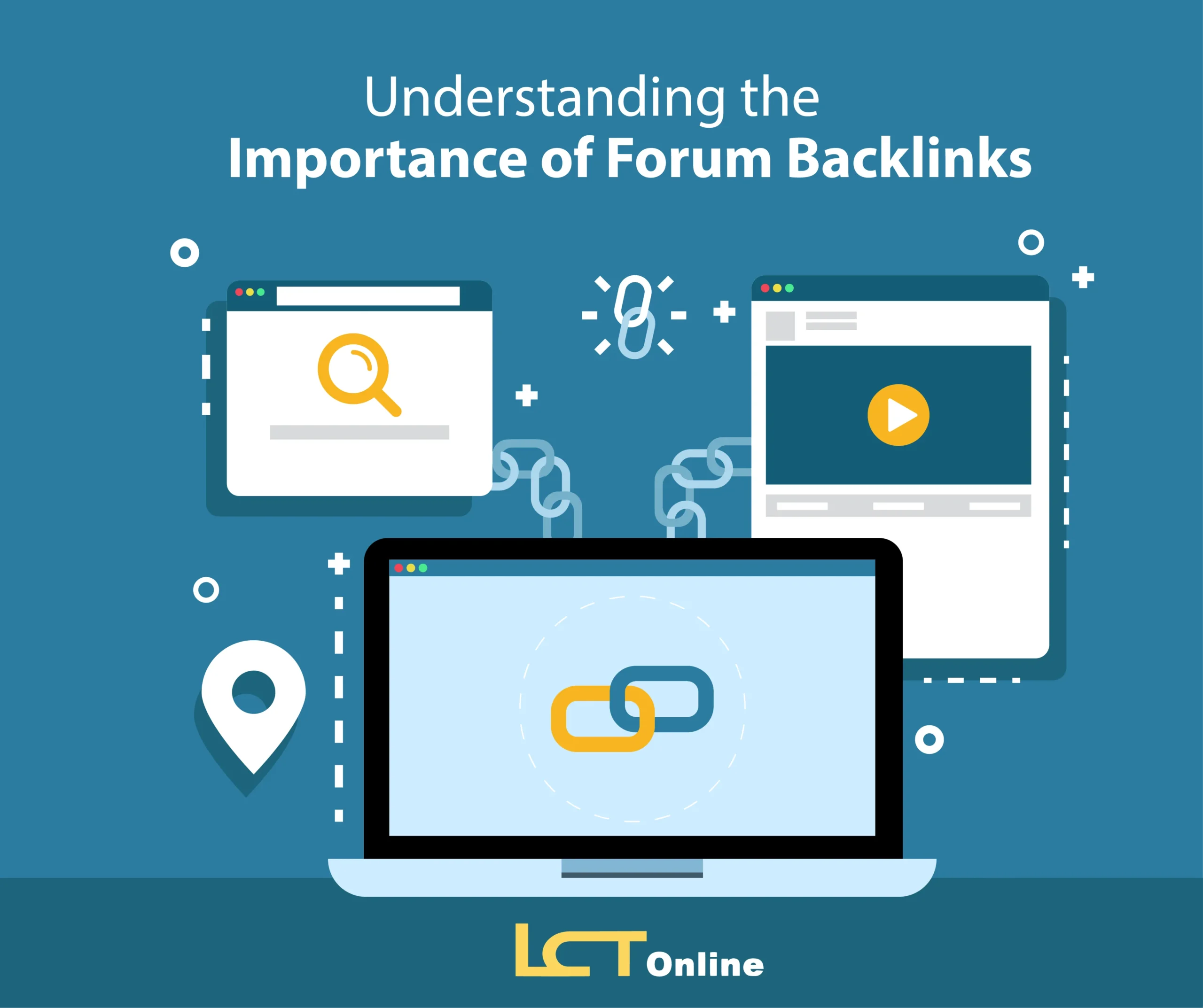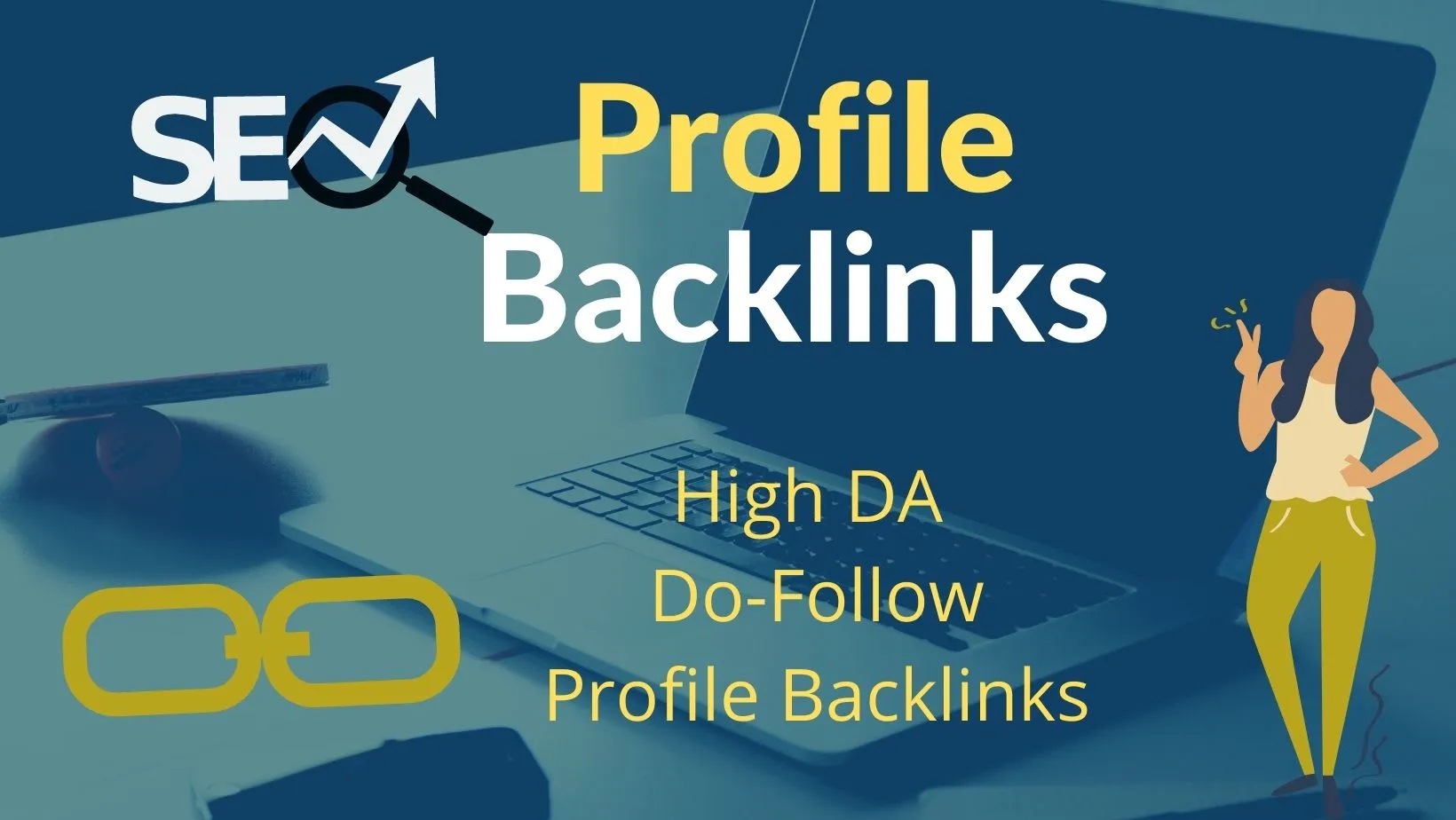Introduction
Backlinks are one of the most influential factors in search engine optimization (SEO). If you want your website to rank higher in Google and attract organic traffic, understanding the different types of backlinks is essential. Not all backlinks are created equal—some can dramatically improve your rankings, while others can harm your site if they come from low-quality sources.
In this article, we will explore the most powerful backlink types, their benefits, and how you can build them naturally. By the end, you’ll have a complete strategy to use backlinks as a tool for long-term SEO success.
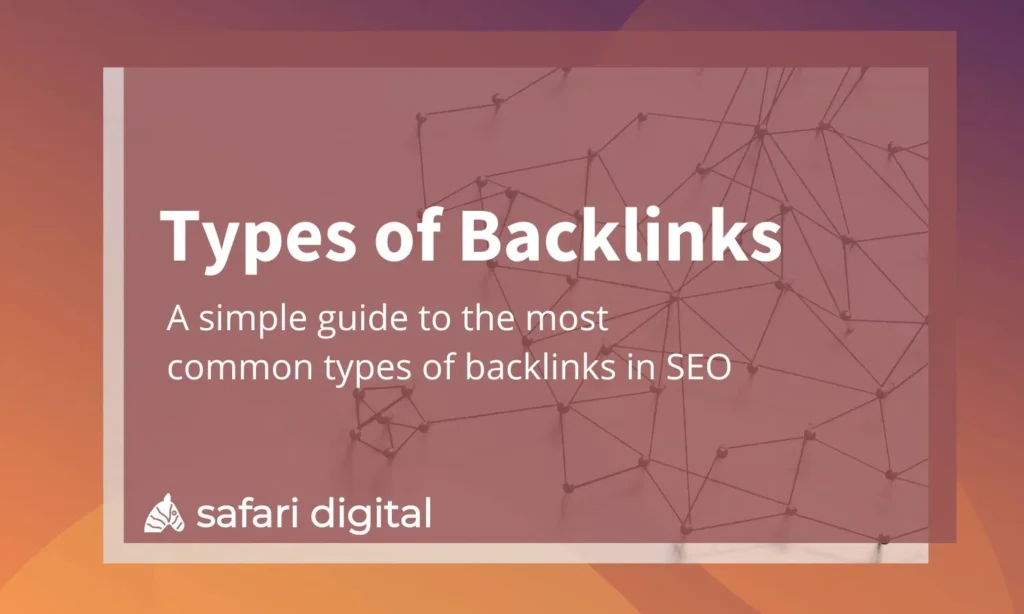
1. Dofollow Backlinks
Dofollow backlinks are the gold standard in SEO. These links pass authority (link juice) from one site to another, directly influencing search engine rankings.
- Why it matters: Dofollow backlinks from trusted websites show Google that your content is valuable and credible.
- Example: If a high-authority blog links to your guide on digital marketing, your site earns credibility in Google’s eyes.
Every website owner should aim to get more of these backlinks, especially from high-DR (Domain Rating) sites.
2. Nofollow Backlinks
No-follow backlinks do not transfer link juice, but they still have value.
- Where they appear: Blog comments, forums, and some social media platforms.
- Benefits: Even though they don’t boost rankings directly, they can bring referral traffic, brand awareness, and a natural backlink profile.
Remember: a healthy mix of dofollow and nofollow links makes your link building look organic.
3. Editorial Backlinks
Editorial backlinks are some of the most trusted types of backlinks in SEO.
- What they are: Links placed naturally by journalists, bloggers, or authors who find your content valuable.
- Why they matter: They come from authoritative sites and are contextually relevant, giving both traffic and trust signals.
For example, if a news site cites your research study, that backlink carries strong SEO power.
4. Guest Post Backlinks
Guest posting is a proven way to build backlinks and authority.
- How it works: You write an article for another website in your niche, and they allow you to insert a backlink to your site.
- Advantages: You gain referral traffic, brand visibility, and SEO authority.
Pro Tip: Focus on high-quality guest posts on niche-relevant websites instead of low-quality mass submissions.
5. Profile Backlinks
Profile backlinks are created when you list your business or personal profile on directories, forums, or professional networks.
- Examples: LinkedIn, Crunchbase, About.me.
- Benefits: Improve online presence, increase brand trust, and diversify your backlink profile.
While not as powerful as editorial links, they still play an important role in off-page SEO.
6. Forum Backlinks
Forums allow you to engage in conversations and drop contextual backlinks.
- Best practice: Only participate in niche-related forums where your input adds value.
- Warning: Avoid spammy forums, as Google can penalize manipulative link-building practices.
Well-placed forum backlinks can still drive targeted traffic and improve authority in your niche.

7. Web 2.0 Backlinks
Web 2.0 backlinks come from platforms like Medium, WordPress, and Blogger.
- How they help: You can create mini-blogs around your niche and insert backlinks to your main site.
- SEO value: Moderate, but effective when combined with unique content and relevance.
They’re a good way to control backlinks early in your SEO journey.
8. Image Backlinks
Visual content can also bring backlinks.
- Example: Infographics, charts, or unique images shared by other websites with a credit link back to you.
- Why it works: People love sharing visuals, and when they do, you gain traffic + authority.
This is a creative and often underused strategy for generating backlinks.
9. Directory Backlinks
Business directories are one of the oldest but still useful backlink methods.
- Examples: Google Business Profile, Yelp, Yellow Pages.
- Benefits: Improve local SEO, brand visibility, and credibility.
For local businesses, these backlinks can make a big difference in search rankings.
10. Contextual Backlinks
Contextual backlinks are placed naturally within relevant content.
- Why they are powerful: Search engines give the most weight to links surrounded by relevant text.
- Example: A blog post about SEO linking to your guide on keyword research.
These backlinks carry high SEO value and should be your main focus when building links.
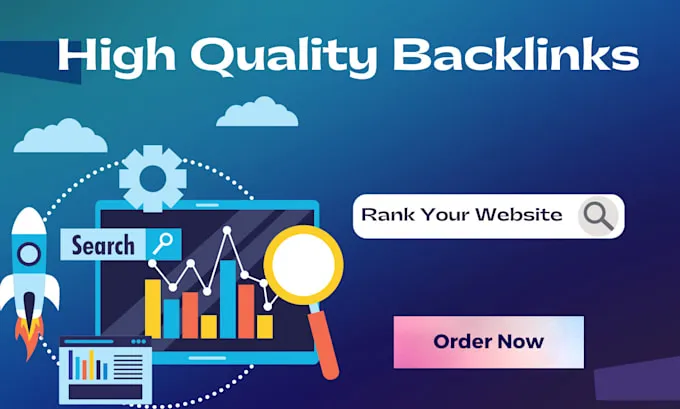
Why Backlink Diversity Matters
A successful backlink strategy is not about quantity—it’s about quality and diversity. Having only one type of backlink can look unnatural to search engines. Instead, aim to create a mix of dofollow, nofollow, contextual, and editorial links.
This diversity builds a strong and safe backlink profile that can withstand Google algorithm updates.
How to Build High-Quality Backlinks
- Create valuable content: Blogs, case studies, infographics.
- Leverage outreach: Connect with bloggers, journalists, and industry experts.
- Guest posting: Publish content on authority sites in your niche.
- Promote content: Share across social media and forums to attract natural backlinks.
Remember, backlinks should be earned, not forced.
Backlinks to Avoid
Not all backlinks are good for SEO. Some can harm your website.
- Spammy directory submissions
- Irrelevant forum posts
- Paid links from untrusted sites
Google’s Penguin algorithm penalizes sites with manipulative backlinks, so always prioritize quality.
Power Keyword Reminder
In the world of SEO, one power keyword stands tall: “Link Building Strategies.” Without a clear strategy, your backlinks will never reach their full potential.
Conclusion
Backlinks are the backbone of SEO, but only if you focus on building the right ones. Dofollow, contextual, and editorial links provide the highest value, while profile, forum, and nofollow backlinks add diversity and credibility. By understanding the different types of backlinks and implementing smart link-building strategies, you can create a strong, long-lasting SEO foundation for your website.



